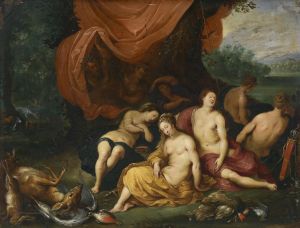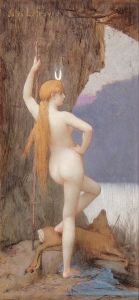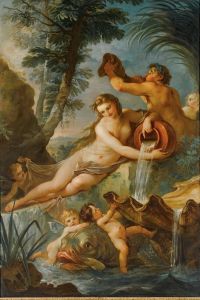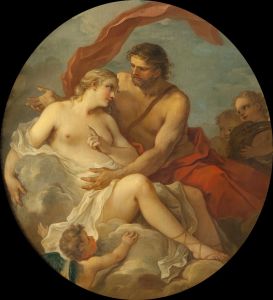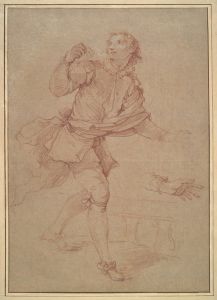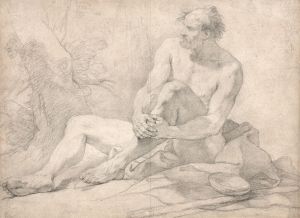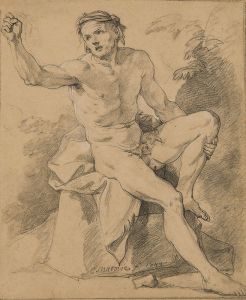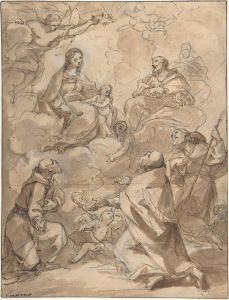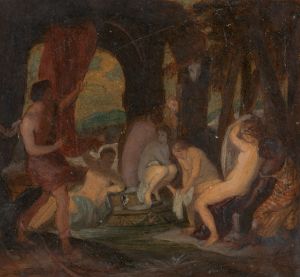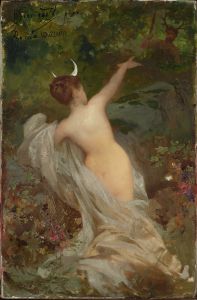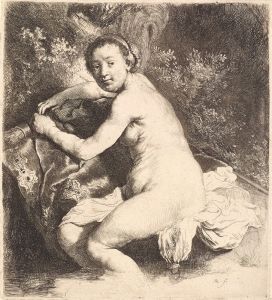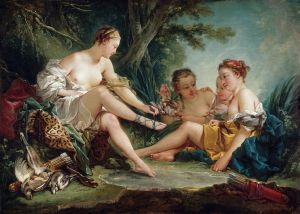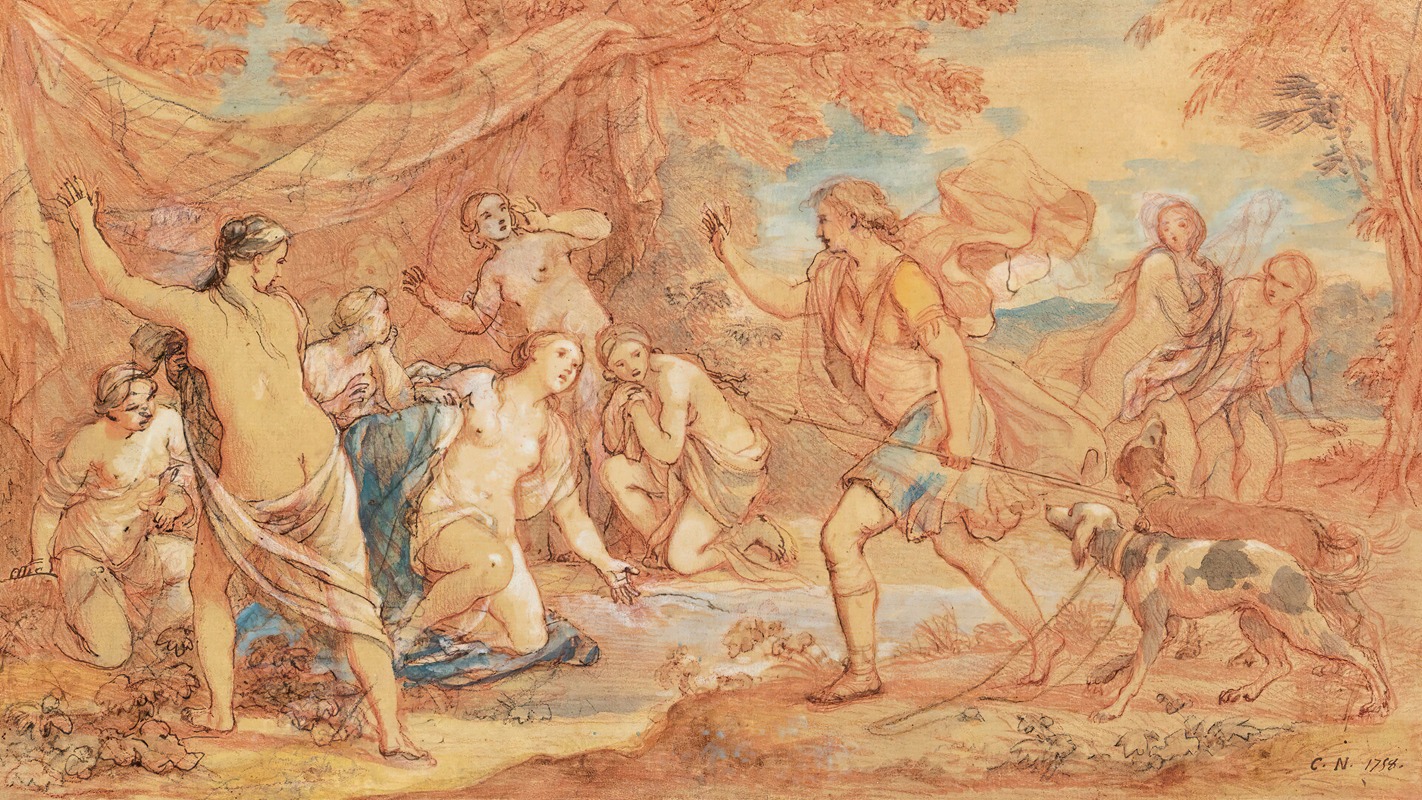
Diana And Actaeon
A hand-painted replica of Charles-Joseph Natoire’s masterpiece Diana And Actaeon, meticulously crafted by professional artists to capture the true essence of the original. Each piece is created with museum-quality canvas and rare mineral pigments, carefully painted by experienced artists with delicate brushstrokes and rich, layered colors to perfectly recreate the texture of the original artwork. Unlike machine-printed reproductions, this hand-painted version brings the painting to life, infused with the artist’s emotions and skill in every stroke. Whether for personal collection or home decoration, it instantly elevates the artistic atmosphere of any space.
Charles-Joseph Natoire was an 18th-century French painter known for his contributions to the Rococo movement, a style characterized by ornate detail, lightness, and elegance. One of his notable works is "Diana and Actaeon," a painting that captures a scene from classical mythology. This artwork is a representation of the mythological story of Diana, the Roman goddess of the hunt, and Actaeon, a mortal hunter, as recounted in Ovid's "Metamorphoses."
The myth of Diana and Actaeon is a tale of transformation and divine retribution. According to the story, Actaeon, while hunting in the forest, accidentally stumbled upon Diana bathing with her nymphs. Angered by his intrusion and the violation of her privacy, Diana transformed Actaeon into a stag. Unable to speak and defend himself, Actaeon was subsequently hunted and killed by his own hounds, unaware of their master's true identity.
Natoire's "Diana and Actaeon" captures the moment of discovery and the impending transformation. The painting is a testament to Natoire's skill in depicting dynamic compositions and his ability to convey emotion and narrative through art. The scene is set in a lush, wooded landscape, typical of Rococo's affinity for nature and idyllic settings. Diana is often portrayed with a sense of grace and authority, embodying her divine status, while Actaeon is depicted in a moment of shock and realization.
Natoire's use of color and light in "Diana and Actaeon" is characteristic of the Rococo style, with soft pastels and a delicate interplay of light and shadow that enhances the ethereal quality of the scene. The figures are rendered with a fluidity and elegance that reflect Natoire's training at the prestigious Académie Royale de Peinture et de Sculpture in Paris, where he studied under prominent artists of the time.
"Diana and Actaeon" is part of a larger body of work by Natoire that includes mythological and historical subjects, as well as decorative commissions for royal and noble patrons. His work was highly regarded during his lifetime, and he held several important positions, including director of the French Academy in Rome. Natoire's influence extended beyond his paintings, as he played a significant role in the development of French art during the 18th century.
The painting is an example of how Rococo artists like Natoire drew inspiration from classical mythology to explore themes of beauty, power, and transformation. Through his depiction of the myth, Natoire not only illustrates a dramatic narrative but also invites viewers to reflect on the consequences of human actions and the interplay between mortals and the divine.
"Diana and Actaeon" remains an important work in the study of Rococo art and continues to be appreciated for its artistic merit and storytelling. It exemplifies Natoire's mastery of the Rococo style and his ability to bring mythological tales to life through his art.






